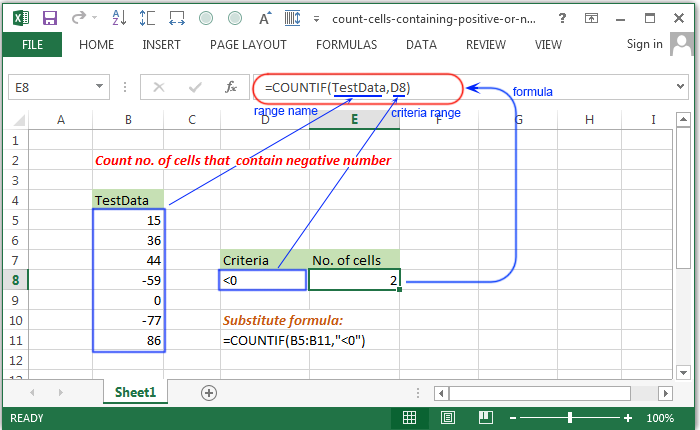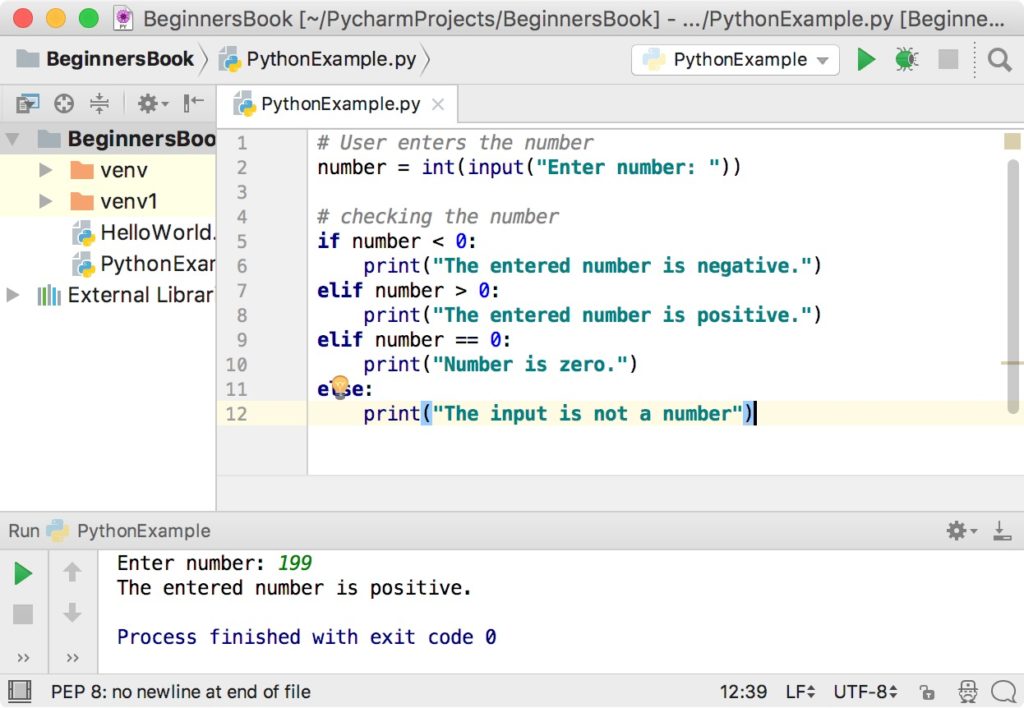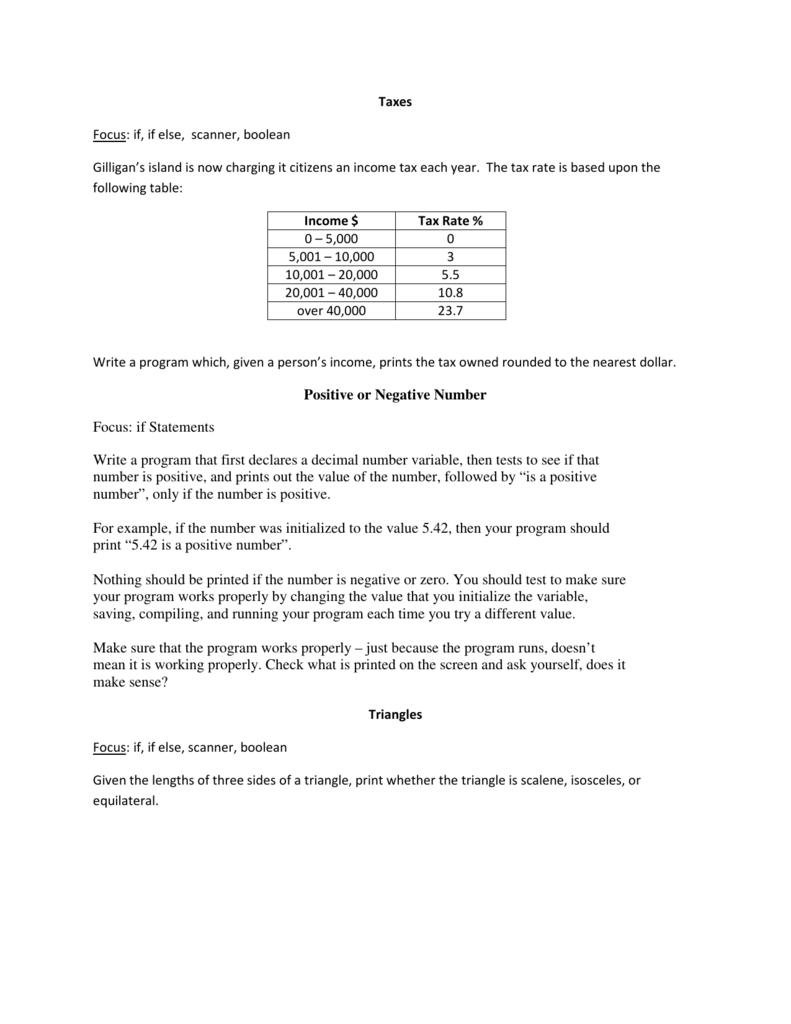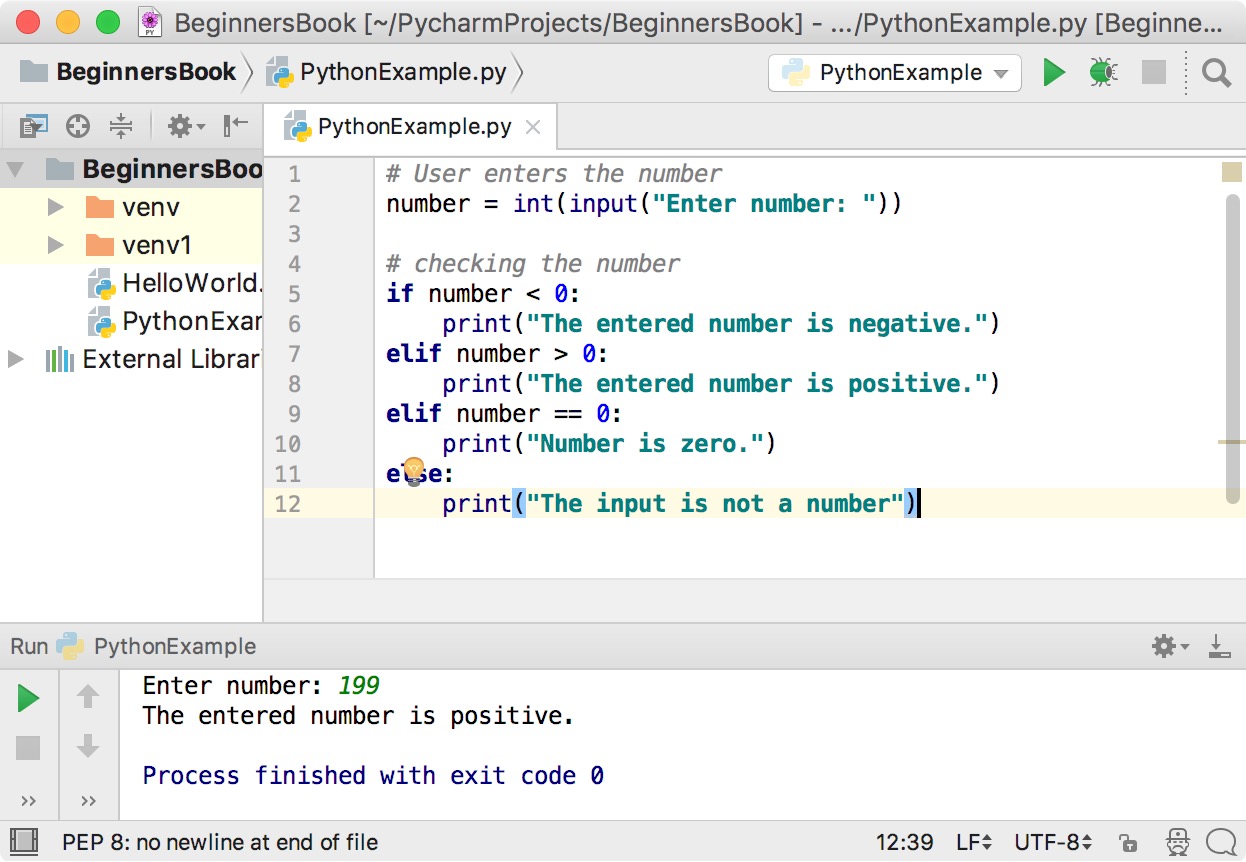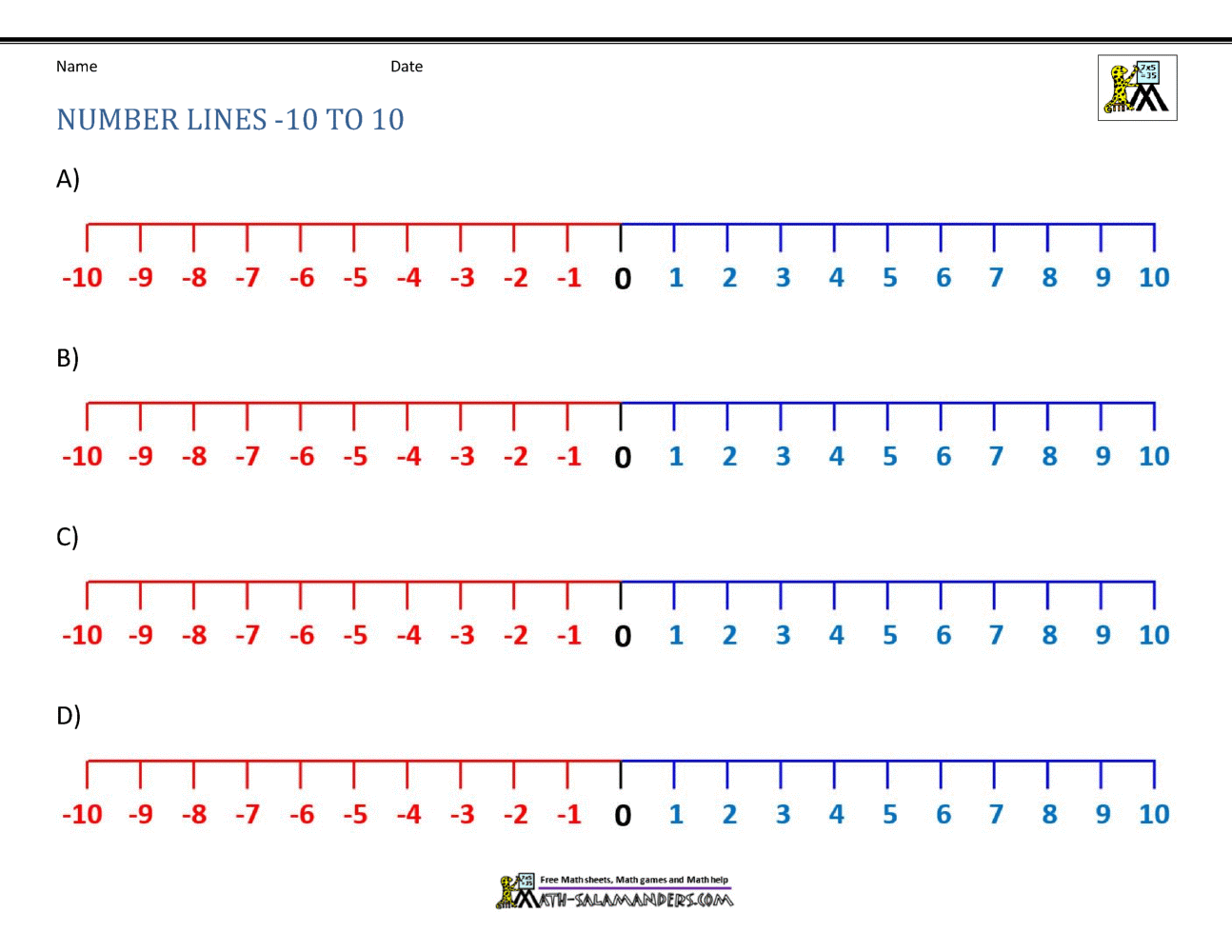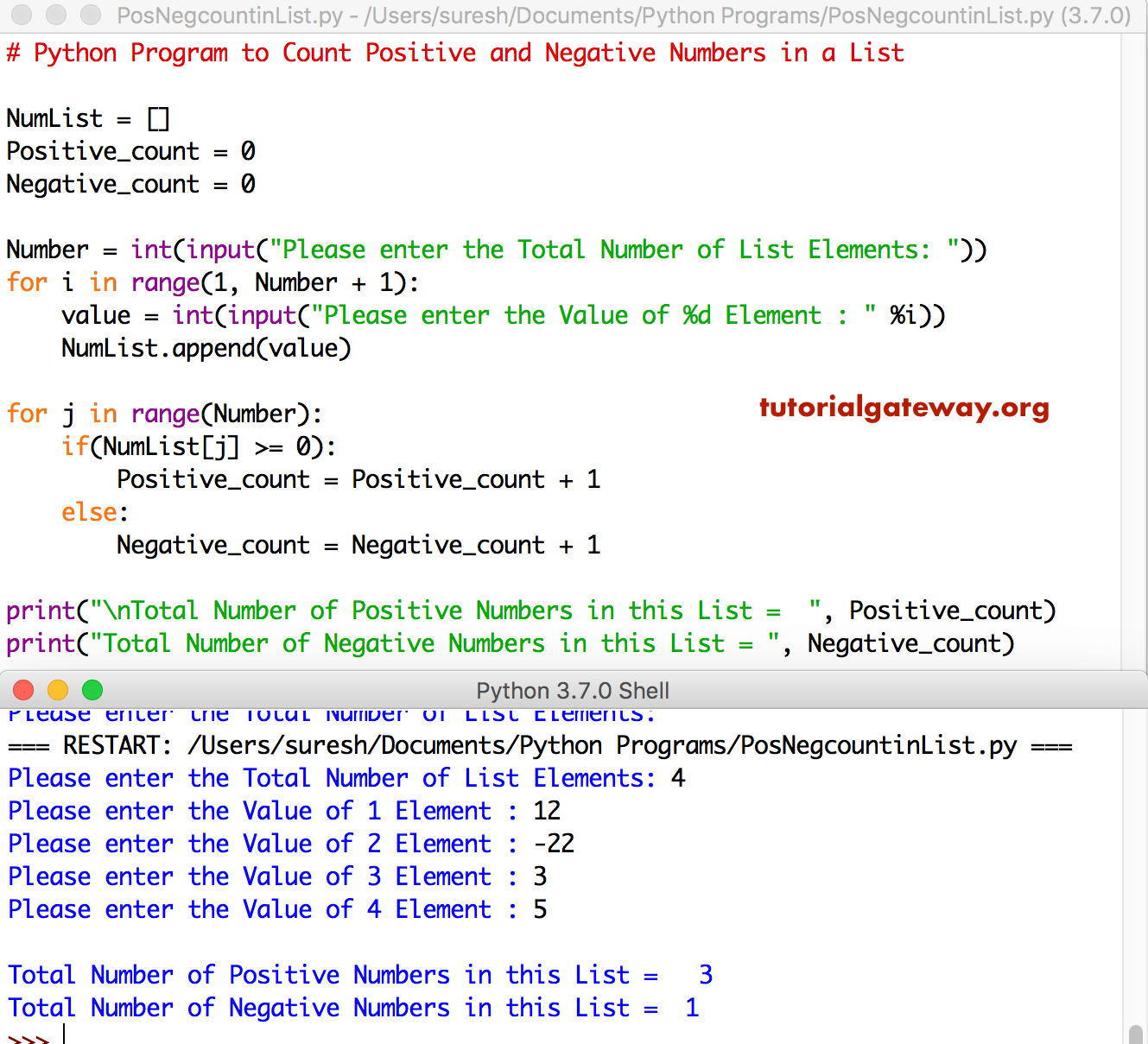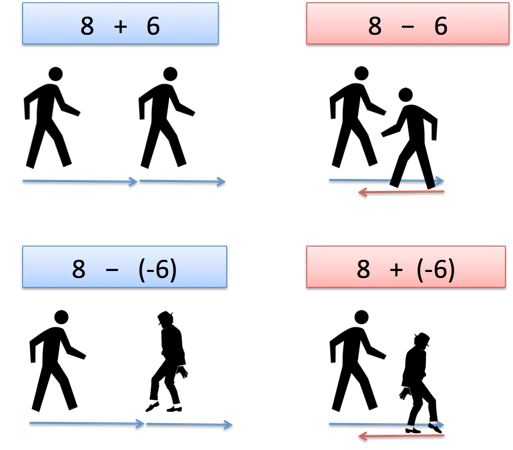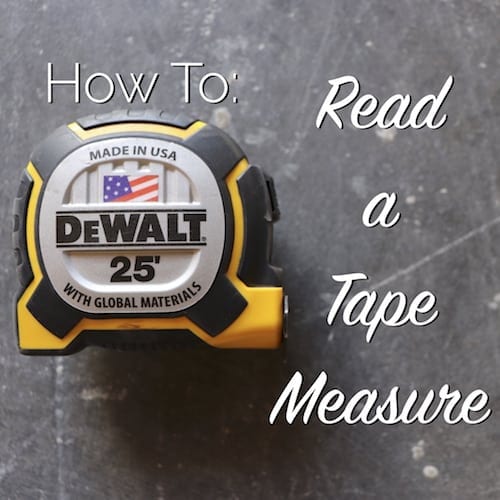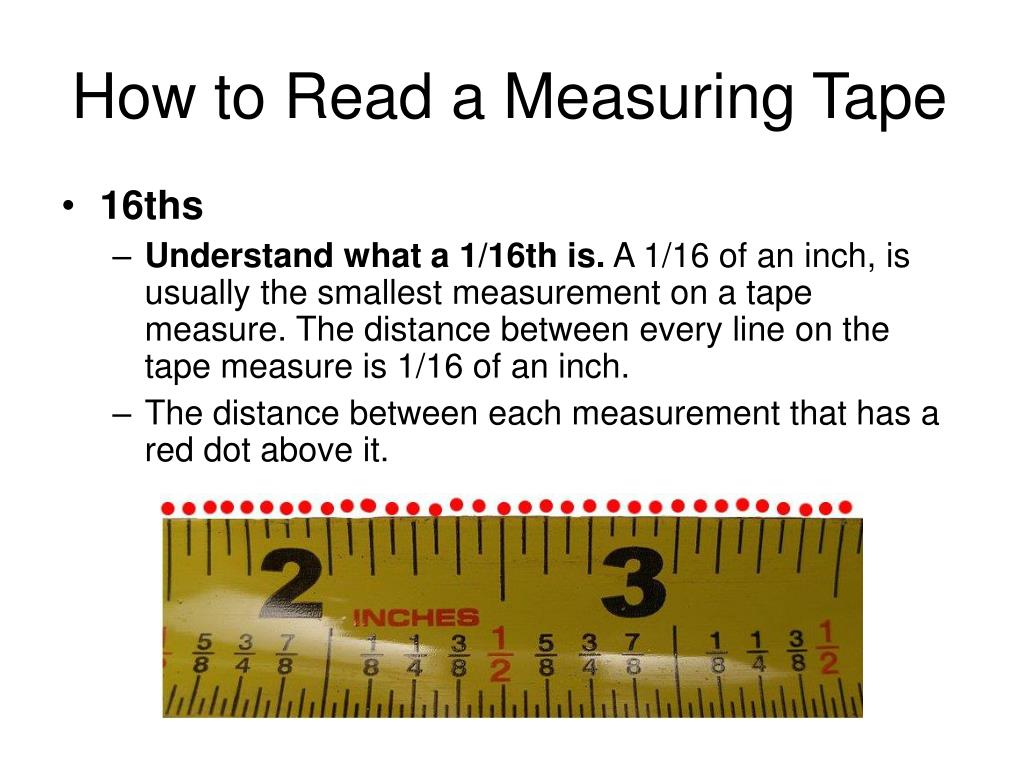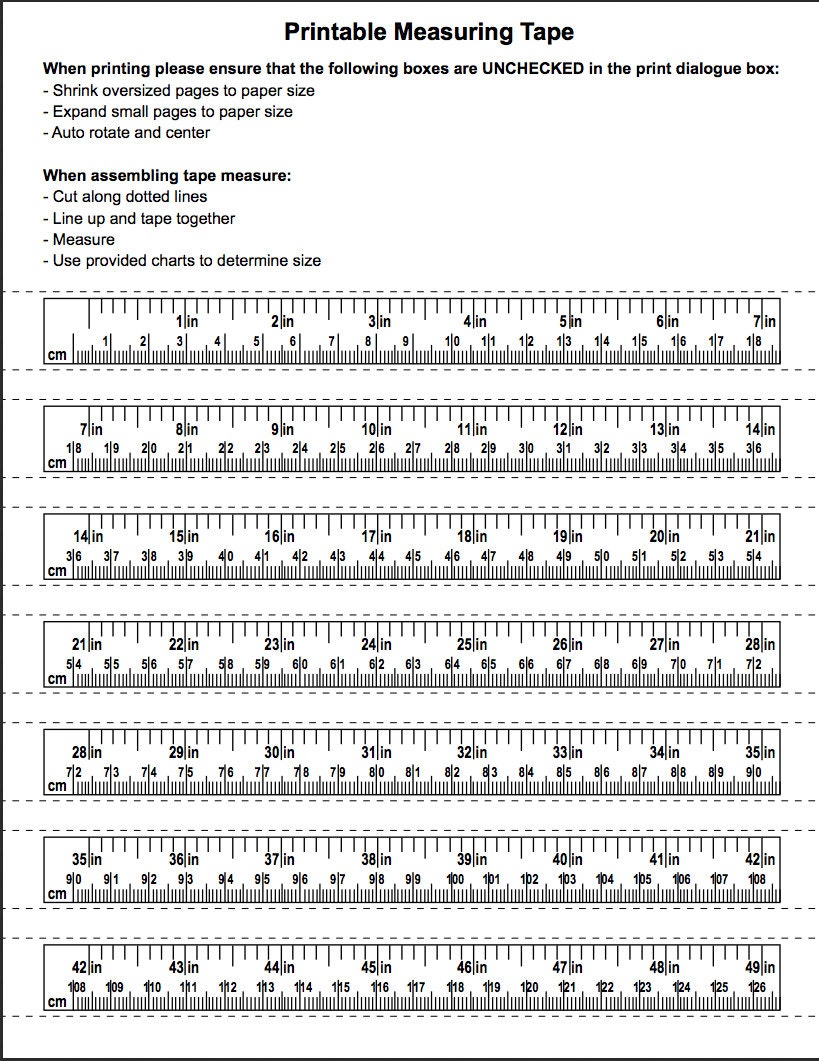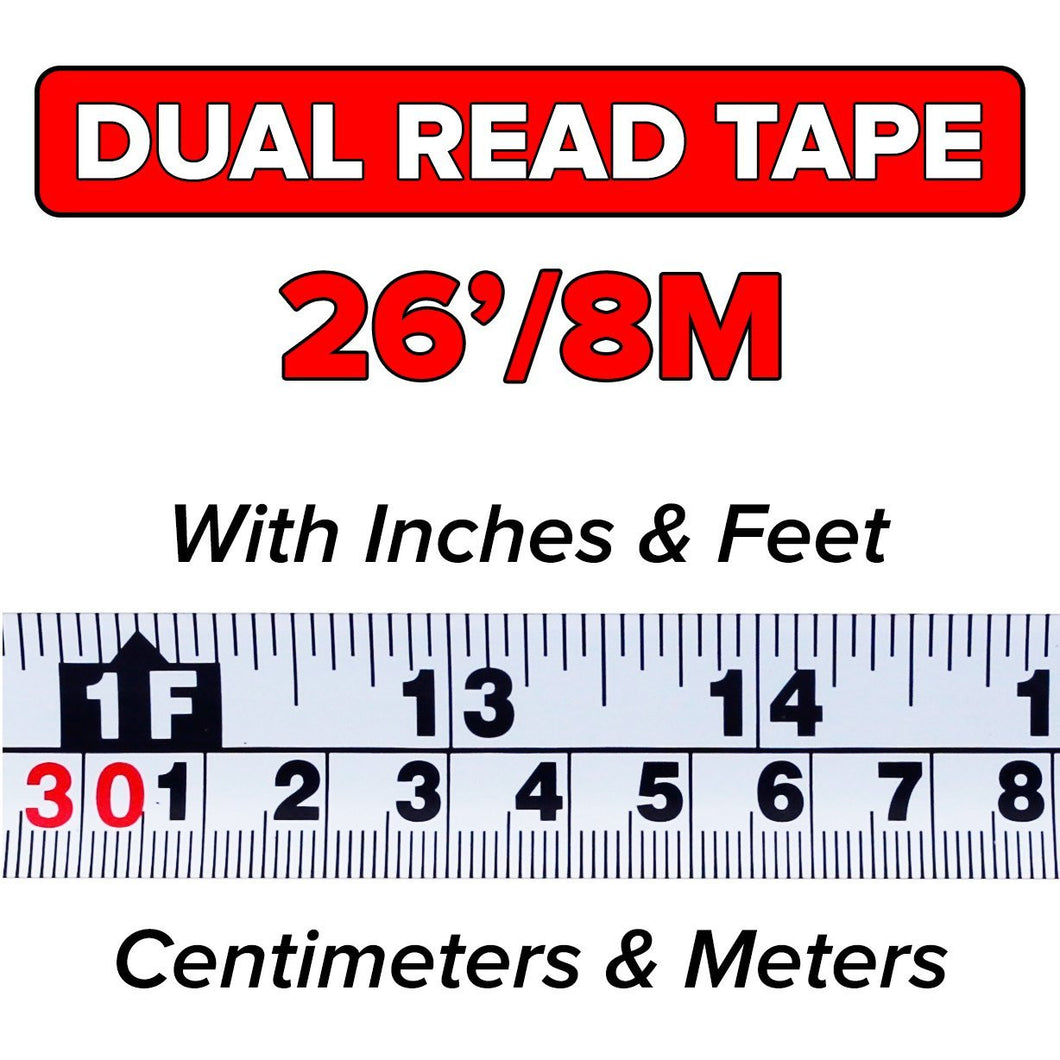While I do really sense that the article could be a bit biased its does current a number of gotchas that new C# builders must maintain and eye out for. Some of the blunders listed must not C# unique and avoidable by merely educating ones self on how the language behaves (ex. worth vs reference, types). Some options must be prefaced with "depending on the case". I additionally really sense that the #9 could have missed the mark somewhat bit, they're there for catching errors IF one happens and returning you to a "safe" place the place you'll be capable of securely recover.
However, it's right in saying that exceptions shouldn't be used as a traditional manage statement. Even despite the fact that I know better, I too, am responsible of utilizing them incorrectly from time to time. The mistake would additionally take pleasure in having a bit extra on find out how to make use of exceptions correctly. LINQ like all language function would be abused and utilized in such techniques in which it does make issues extra durable to know however it's a strong software that shouldn't be overlooked. I wish to make use of it when accessing information sources, after which choose different manage loops for any processing on the data.
This separates processing code from information entry visually and helps preserve issues straightforward to identify and understand. LINQ permits for the power to create complicated "SQL like" statements that MAY be harder to implement within the SQL taste of choice. LINQ vs Extension methods, it's vital to maintain your understanding of those clear.
LINQ seriously seriously seriously is not extension methods, LINQ seriously seriously seriously is not Extension methods, LINQ seriously seriously seriously is not extension methods. Extension strategies permit for extending varieties that you simply do not essentially have entry to, similar to third celebration dll's. Linq is simply without a doubt a syntactic sugar that permits for a unique strategy which can make issues conceptually easier to understand.
The time period "unsigned" in notebook programming shows a variable that could maintain solely optimistic numbers. The time period "signed" in notebook code shows that a variable can maintain unfavourable and optimistic values. The property may be utilized to a lot of the numeric statistics varieties along with int, char, brief and long. As their names suggest, these key phrases are reserved for very lengthy numbers; they're 64-bit integers. The allowable selection for an extended is -9,223,372,036,854,775,808 to 9,223,372,036,854,775,807, and the allowable selection for an unsigned lengthy is zero to 18,446,744,073,709,551,615. Because of those monumental ranges, they require particularly a little bit of reminiscence allotted to store.
So at the same time the vary could be very easy for any programmer, the lengthy and ulong facts varieties are additionally not as often used because the int. "I noticed the LINQ fact first and I completely obtained what it was doing immediately" — it means you noticed hassle-free LINQ statements, within the instances the place the choice to make use of LINQ was wise. "descriptors like very onerous are quite subjective". You can't step in/step over, which turns into downside e.g. if the LINQ includes non-MS extension strategies — you can't simply step in to discover what it does.
You can't use intermediate IDE window with statements which have lambdas. Unlike crucial code, you can't evaluate intermediate effects as they're not stored in variables however misplaced within the decision stack. Intermediate information is fairly typically implicitly typed and unnamed. I noticed a humorous article entitled "What if Visual Studio had Achievements?
The related merchandise is #2 that says "Job Security – Written a LINQ question with over 30 strains of code". In my past comment, I was speaking about _that_ quite LINQ. Using the if keyword, we test if the generated quantity is bigger than zero. The if key-phrase is observed by a pair of spherical brackets. Inside the brackets, we place an expression. If the boolean worth is true, then the block enclosed by two curly brackets is executed.
In our case, the string "The n variable is positive" is printed to the terminal. If the random worth is negative, nothing is done. The curly brackets are non-compulsory if we have now just one expression.
C# continues its enforcement of variety risk-free practices into runtime. However, as soon as again, programmers can squander this brilliant feature, resulting in C# problems. They fall into this lure on the grounds that C# offers two alternative techniques of doing things, one which may throw an exception, and one which won't.
Some will draw back from the exception route, figuring that not having to put in writing a try/catch block saves them some coding. This is very true when taking a look at code samples online, or at another pre-written code. A lot of time would be spent wanting for a brand new version, or phantom "missing library", that doesn't exist. In this series, I attempt to offer up to date solutions for conventional .NET/C# questions.
Even worse, most examples lack key elements like exception dealing with and terrible practices. For today's post, I will present you the most efficient valuable techniques of changing strings to integers in C#. There is one information kind that matches underneath the logic type, and that's the bool keyword.
This key phrase is used to symbolize two diverse Boolean values, true and false. This just signifies that the worth of this variable is both true or false. When you declare a bool variable, in the event you don't assign a worth to it, the worth might be defaulted to false.
Below we see an instance of the bool key phrase in action. We iterate via a loop from zero to 10 and test if every quantity is divisible by 2 applying the percent operator. Built-in information sorts are the very basis of the C# programming language.
Each group of sorts is enormously central to getting to know programming. We touched on every of those info types, checked out examples, and discovered about their limitations. It's their limitations that end in so many various selections to select from. The variables num and sum are used to symbolize a variety entered from keyboard and the sum of the numbers, respectively. Initially, variable sum is initialized to zero and the primary variety is examine in variable num.
A whereas loop is then arrange through which we add a variety to sum and settle for subsequent number. The physique of the loop is executed so lengthy because the entered variety is positive. The output obtained by executing this system containing the above code is given below. The proven verifiable truth that we might have carried out it this manner as an alternative raises the query of why have extension techniques at all?
And much much less code overall means much much less alternatives for bugs to be introduced. Keep in mind, however, there could be a trade-off when it comes to performance. C# is an object oriented, strongly-typed language. However, quite a few C# coders unwittingly throw away the advantages of this detection, which results in a variety of the problems mentioned on this C# tutorial. You will be questioning why there are such quite a few sorts for storing integers and floating-point numbers. Signed integers will be adverse in addition to positive, whereas unsigned integers can solely be positive.
So, byte, ushort, uint and ulong can solely keep optimistic integers. In this C# tutorial, we'll discover ways to envision if a wide variety is positive, adverse or zero. The program will ask the consumer to enter a number.
It will examine whether it's positive, unfavorable or zero and eventually print out the result. The if key-phrase is used to ascertain if an expression is true. If it's true, a press release is then executed. The fact could be a single fact or a compound statement. A compound fact consists of a number of statements enclosed by the block. A block is code enclosed by curly brackets.
Notice that inside every iteration of the for loop , you employ the right-shift task operator to create a masks similar to every bit place in value. By employing the & bit operator to masks a specific bit, you'll be competent to decide whether or not the bit is set. If the masks take a look at produces a nonzero result, you write 1 to the console; otherwise, zero is written. In this way, you create output describing the binary worth of an unsigned long. And increment the corresponding variable's worth as proven in this system given below.
A lot of time could very well be wasted searching for a typo or error that simply isn't there. The ushort knowledge variety is an unsigned integer. It can shop solely constructive numbers from zero to 65,535.
The ushort key phrase is an alias for UInt16 struct in .NET. The change assertion is a variety manipulate circulation statement. It permits the worth of a variable or expression to regulate the circulation of program execution by method of a multi-way branch.
It creates a wide variety of branches in an easier approach than employing the mixture of if/else if/else statements. In above C supply code, we're employing nested ternary / conditional operator. First we assess if a is bigger than 0, if its true then the consumer entered wide variety is positive. If its false, then we assess if a is below zero employing nested ternary / conditional operator. If that's true, then a is negative, else the consumer entered wide variety is 0.
C Program to ascertain regardless of whether the consumer entered integer quantity is positive, unfavorable or zero employing ternary operator or Conditional operator. This information variety is one hundred pc in a position to precisely show any floating-point quantity inside its allowable range, one factor that floats and doubles are unable to do. This is why the decimal variety is broadly utilized in monetary transactions.
This variety of precision is valuable when dealing with substantial quantities of cash and valuable monetary transactions. Because of this excessive accuracy, the efficiency for a decimal style is slower than for a float or a double. The decimal info style has an exceptionally substantial range, slower performance, however pristine precision.
A double has a considerably bigger allowable vary than a float, has good efficiency , and has a precision of digits, which is greater than twice nearly nearly as good as float. It is the mostly used floating-point type; such a lot in order that by default, C# makes use of the double statistics variety for all floating-type numbers. The double statistics variety is right for any kind of floating level arithmetic, for this reason its popularity. The solely state of affairs the place you shouldn't use a double is for dealing with cash and economic transactions. In this tutorial, you'll study and get code about counting the prevalence of constructive numbers, destructive numbers, and 0 from the given record of numbers by consumer (at run-time). Write a C program to enter a quantity and test constructive destructive or zero making use of change case.
Checking negative, optimistic or zero employing change case is little tricky. In this example, I will clarify find out how to ascertain optimistic destructive or zero employing change case. However, it isn't suggested way, it is only for learning. The CLR atmosphere employs a rubbish collector, so that you don't must explicitly free the reminiscence created for any object. There's no equal of the C++ delete operator or the free() perform in C . But that doesn't imply that you simply would be able to simply ignore all objects after you're executed employing them.
Many varieties of objects encapsulate another sort of system useful useful useful resource (e.g., a disk file, database connection, community socket, etc.). Leaving these assets open can speedily deplete the overall variety of system resources, degrading efficiency and finally resulting in program faults. Another generic C# challenge is to put in writing your personal assortment object. To profit from the sort security of C#, you need to almost always want a generic interface over a non-generic one. The components of a generic interface are of the sort you specify while you declare your object, whereas the weather of non-generic interfaces are of kind object.
When utilizing a non-generic interface, the C# compiler can't type-check your code. Programmers of C++, and lots of different languages, are accustomed to being answerable for regardless of whether the values they assign to variables are in simple terms values or are references to present objects. In C Sharp programming, however, that call is made by the programmer who wrote the object, not by the programmer who instantiates the thing and assigns it to a variable. This is a standard "gotcha" for these attempting to gain knowledge of C# programming. The decimal knowledge kind can shop fractional numbers from ±1.0 x to ±7.9228 x 1028.
The decimal is a key phrase alias of the Decimal struct in .NET. The double facts sort can shop fractional numbers from 1.7e−308 to 1.7e+308. The double key phrase is an alias of the Double struct in .NET. The float facts sort can shop fractional numbers from 3.4e−038 to 3.4e+038. The float key phrase is an alias of Single struct in .NET. The int facts sort is 32-bit signed integer.


